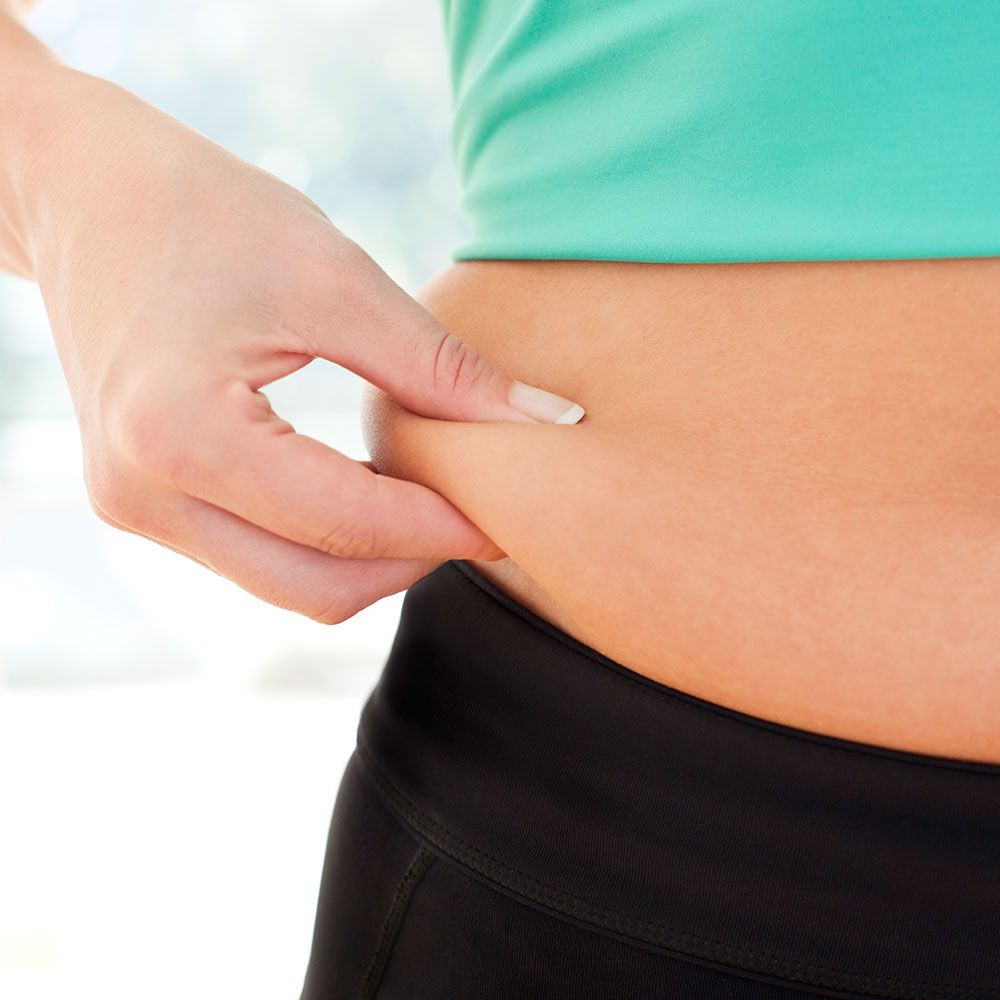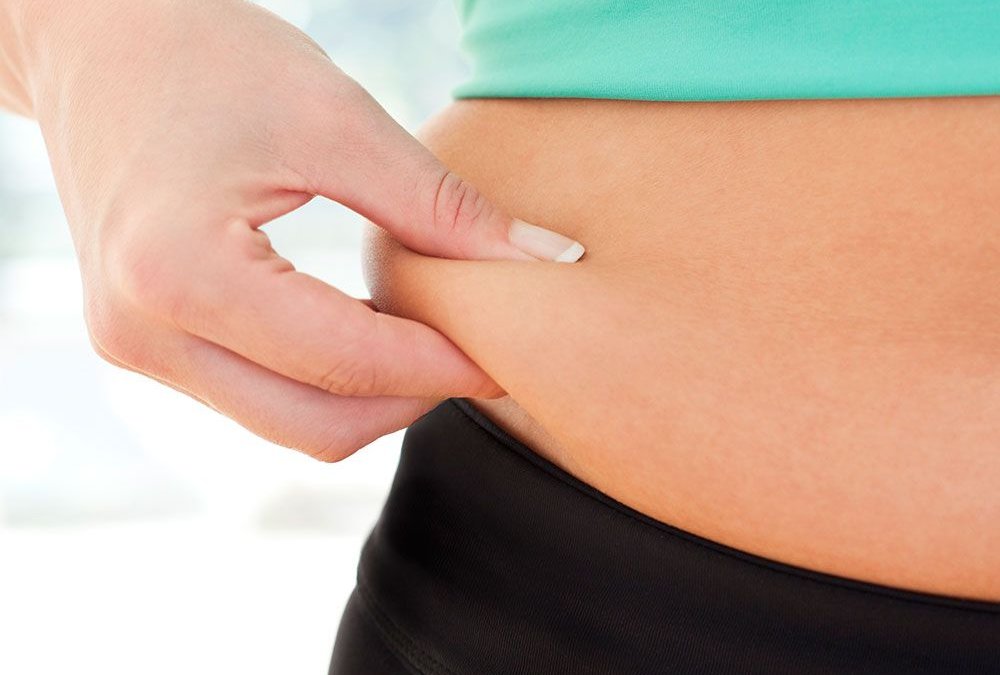Belly fat! Why do I have belly fat?

Well, as you’ve probably heard, where we store fat relates to hormones, genetics, and certain medical conditions. Things that can increase visceral fat include:
-
A higher body fat percentage: Although genetics and hormones will determine how fat is distributed, people with more body fat are more likely to have higher amounts of belly fat.
-
Being a man: Compared to premenopausal women, men are more likely to carry extra fat around their midsection. That’s because their visceral fat stores seem to absorb a greater proportion of dietary fat.
-
Being postmenopausal: Mostly due to hormonal shifts, women tend to experience a shift in body fat distribution post-menopause, with a decrease in leg fat, and an increase in abdominal fat.7
-
Aging: As fat cells age, they secrete more inflammatory factors and also get redistributed from subcutaneous stores to visceral depots.8
-
Having chronically high levels of cortisol: Visceral fat soaks up and breaks down excess cortisol.
-
Having certain gene variants: Several genes have been linked to body fat distribution. (If you’re into that kind of stuff, the genes are: TBX15, HOXC13, RSPO3, CPEB4, and LRP5.) While all people carry these genes, certain versions of these genes predispose a person to carry fat around their midsection, compared to their hips and legs.
We can’t do anything about our age, sex, or genes. (Sorry). But we do have control over a few other things.
And we’re about to get into just that.
Belly fat” after pregnancy: It might not be what you think it is
Immediately postpartum, women will lose about 6 KG (bye baby, placenta, and other tissues).
After that, more weight loss may slowly occur as the uterus returns to its regular shape, and fluid levels normalize.
Many women find, however, that their bodies, especially their bellies, look different—even if they return to their pre-pregnancy weight.
This is likely because their abdominal tissue stretched to accommodate their fetus. Now it’s fluffier, and doesn’t compress tissues and fat as well as it used to.
Lingering diastasis recti—a separation of the abdominal muscles—can also make the abdomen look more rounded.
(If diastasis is giving you problems, see a pelvic physiotherapist. They can assess the degree of diastasis, give you safe ways to move your body, potentially repair some of the abdominal separation, and improve symptoms.)
Though strengthening key core muscles (like the transverse abdominis) can help both issues, it takes time.
With so many other changes going on in your life (remember sleep?), this news can be tough to swallow.
At the same time: Your body just did a really amazing thing.
So while there’s nothing wrong with wanting to work on your body after pregnancy, make sure you approach that work with love, compassion, and gratitude.
In another post I am planning to talk about how to lose that belly fat! Stay tuned and communicate with us.



